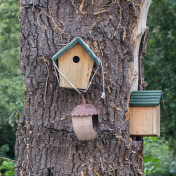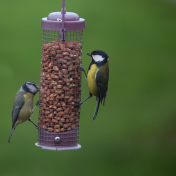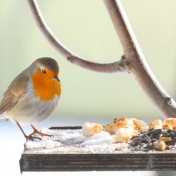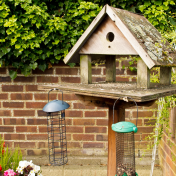Enter our photo competition HERE Get involved
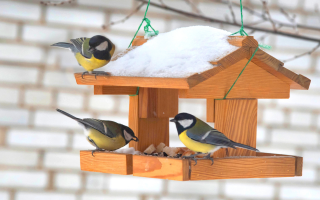
Nature notes: how we can all help nature
Our CEO Sarah considers the ways in which we can all help nature - from gardens to pots on windowsills to hanging feeders. Even with a small space, we can all get involved - at home, school or the office - and make a difference.
Gardening with wildlife in mind can be so therapeutic. Is there anything better than hearing the hum of bees, seeing birds feeding on peanuts in the depths of winter, or butterflies feeding on a nectar-rich plant during the summer? It’s great to know, no matter how small, you are doing your bit.
Even the smallest garden or yard can be a haven for wildlife. Pots full of pollinator plants, a bird feeder, dwarf buddleia bush, upturned dustbin lid filled with water and a bird box, can all bring nature into your space. With intensive farming, climate change, unsustainable development & over-use of chemicals, our natural world needs all the help it can get. Imagine if everyone who had a garden in Cumbria and Lancashire did 3 things to help wildlife – what an enormous nature reserve we could have!
Here are my top 3 things to do for wildlife if you have a garden or a bit of outside space:
1. Ponds are one of the best features of a wildlife friendly garden & there is evidence to suggest that some amphibians such as frogs are now more common in garden ponds than the countryside. Not every garden is suitable for a pond, but if you can consider even a small one, it could provide vital habitat for so many species. Make sure it has sloping edges so creatures can get out if they need too and avoid ornamental plants & fish such as water lily & Koi carp. Submerged plants like Spiked Water-milfoil & Horned Pondweed help to add oxygen to the pond. You’ll also want some plants growing around the margins of the pond, like Lady’s Smock or Ragged Robin, plants which were once common in the countryside. On the shelves of the pond, but still in the water, plants such as Flowering Rush and Water Forget-me-not will provide some height. You may be lucky enough to get Dragonflies or Damselflies visiting!
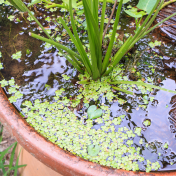
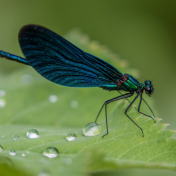
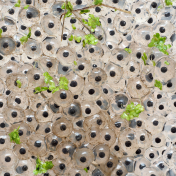
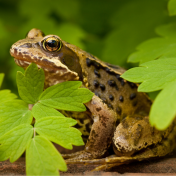
2. Provide food for insects by growing nectar-rich plants which they can feed on like Verbena, Buddleia, Catmint, Scabious, Valerian, Thistle, Ivy, Honeysuckle, Echinacea, Holly & Foxglove. Many of these can grow in pots, so whether it’s a yard or window box, these work fine. Insects in turn can attract bats, birds & hedgehogs so you could see the whole web of life and food chain in one tiny space. If you are lucky enough to have a garden with shrubs or hedgerows, do leave any berries and nuts on the bushes to help with winter food sources.
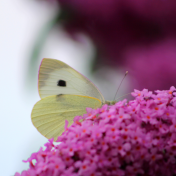
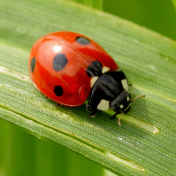
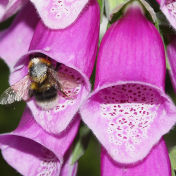
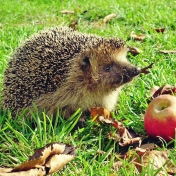
3. Feed the birds! Remember to keep feeders and tables clear so the birds stay healthy and ensure your feeders are away from predators if you can. You can buy seeds, suet, mealworms & peanuts to attract different species to your garden. Hanging seed & peanut feeders will attract robins, tits, goldfinches & sparrows and you can put food on a bird table for blackbirds and thrushes who aren’t always keen on using feeders. You can feed throughout the year if you want to as shortages can occur at any time and remember that water is just as important as food to most garden birds for drinking and bathing.
Of course, many of you will already be top wildlife-gardeners I am sure, but if not, please do consider making these small changes for wildlife & for yourself, you’ll be amazed at how wonderful a thriving garden full of wildlife can be for the soul. Happy Wildlife Gardening!
